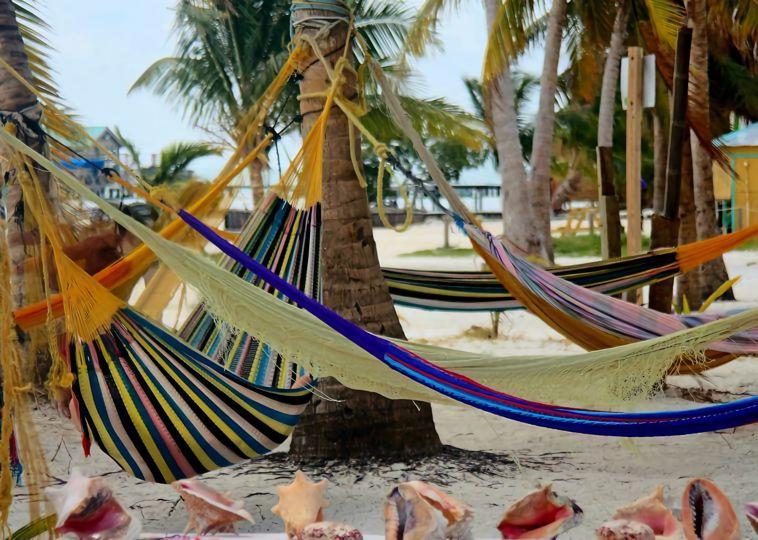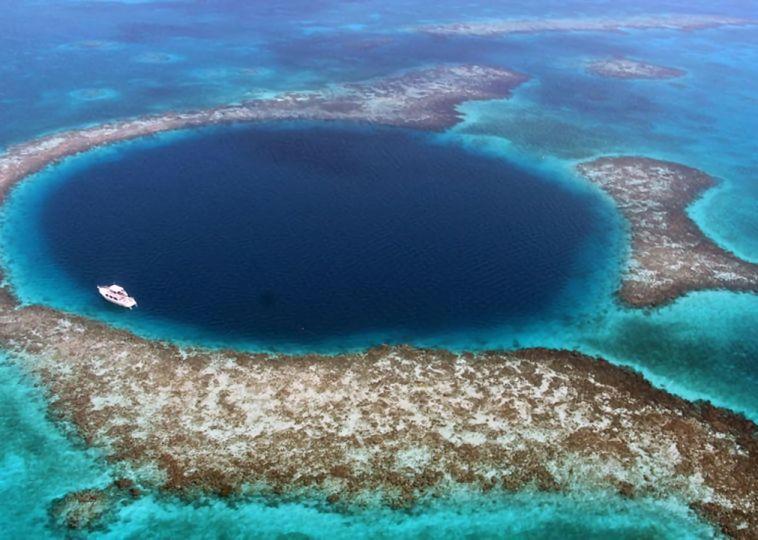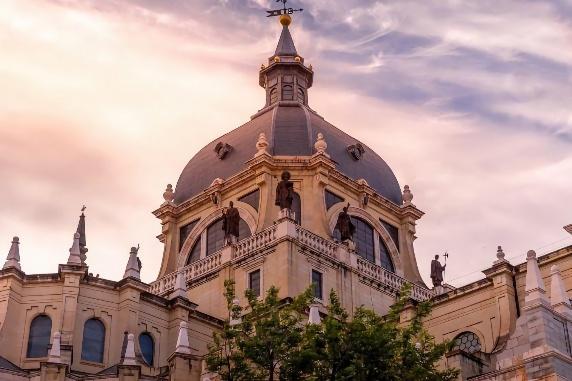5 Reasons to Visit the Unspoiled Isle of Caye Caulker, Belize

Off the coast of Belize, Caye Caulker is paradise. The pace will take you on island time before you know it. A jewel in the Caribbean, Caye Caulker, Belize, is the true definition of “island vibe. You are surrounded by the spectacular Belize Barrier Reef, the second longest in the world.
It is the perfect base for underwater adventures, such as snorkeling with sharks at Hol Chan Marine Reserve and diving in the famous Great Blue Hole. Or sit back, relax, and soak up the sun as you are mesmerized by the idyllic surroundings.
Shark Ray Alley

Snorkelers flock to Shark Ray Alley to be close and personal when fed by nurse sharks and rays. You can see Shark Ray Alley on a snorkeling or diving trip. If you only have time for a day trip, make it to this trip.
Spend a full day exploring the Hol Chan Marine Reserve in Belize to learn more about the unique ecosystem of the Caribbean Sea. Admire the marine life in the corals between Caye Caulker and San Pedro. Hol Chan, one of Belize’s most beautiful and oldest marine reserves, lies on the southern tip of Ambergris Caye.
The Blue Hole

The Blue Hole is about an hour from Caye Caulker and is probably Belize’s most famous dive site. The hole is 300m wide and 125m deep. It is home to all types of fish, corals, and sharks. If diving is your thing, do not miss it; this is one of the most exciting places worldwide.
The depth of the terrain requires reasonable control over the buoyancy and calmness when faced with low light depth and a feeling of sensory deprivation due to very little change in water temperature or movement. The site can look amazing even for the most experienced divers, so listen to the briefing and stay close to your guide.
Caye Caulker Forest Reserve

Half a mile from the rest of Caye Caulker, this tiny landmass consists of a coastal forest, wetlands, mangrove swamps, and a lagoon. This reserve occupies 100 hectares of the island and consists mainly of red, black, and white mangroves. Birdlife is fertile in the reserve, especially waders, such as the three-color heron, songbirds, and the mangrove singers.
Some rare species that can be spotted are the white-crowned pigeon, rufus-necked rail, and blackbird cat. Inland lagoons provide habitat for crocodiles and turtles, five species of crabs, boa constrictors, scaly iguanas, locally referred to as desire wills, geckos, and lizards. Be on your tour in search of lizards, turtles, birds, and crocodiles.
The Split

The Split is where the whole action is. Although the island has a tremendous east-facing beach, they all go to the Split. There is a small beach there, and the old dock provides an excellent place to spread your towel.
The little ones and The Hellens come here all day to sunbathe and snorkel, with a nearby bar serving ice-cold drinks and music. A narrow channel that divides Caye Caulker into two parts, the Split has clean, deep water free of algae, making it one of the island’s best bathing areas.
Manatee Watching

There are many tours to Swallow Caye, an ideal manatee spotting site. The Swallow Caye Wildlife Sanctuary is easily accessible by boat. The neighboring communities are Mapp es Caye, Belize City, and St. Obliterating developments planned for two mostly unoccupied Cayes, North Drowned Caye and Stake Bank, immediately at the northwestern and southern sanctuary boundaries in this order.
About 19 miles southwest of Caye Caulker, the vast Swallow Caye Wildlife Sanctuary spans nearly 9,000 acres, including Swallow Caye and some parts of nearby Drowned Caye. Here, the seabed is covered with turtle grass beds that support a small population of West Indian sea animals.


